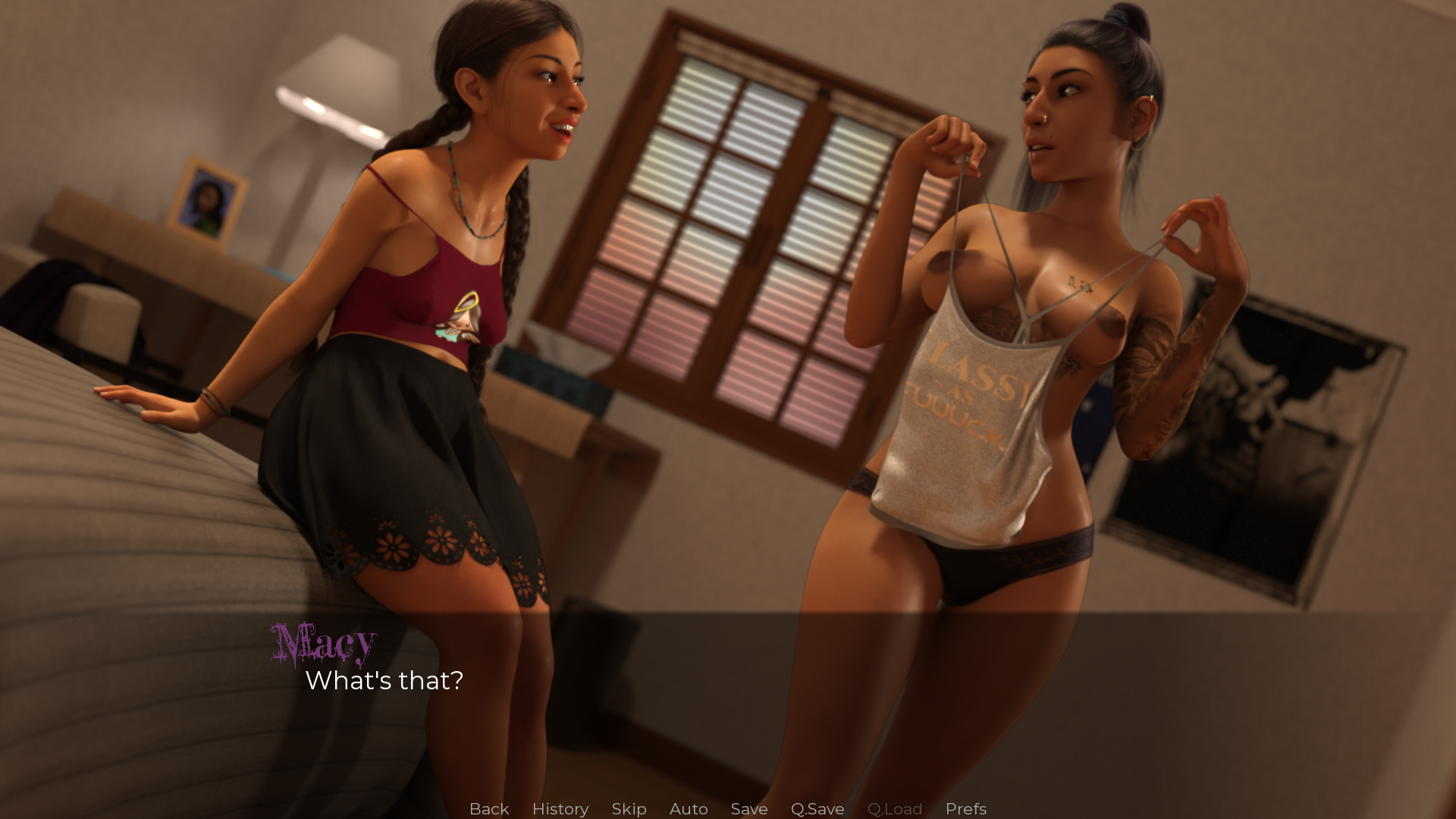Hey everyone,
I’ve always wondered about the workflow behind visual novel (Ren’Py and DAZ-based) games. When I look at games made with DAZ Studio and Ren’Py, they often have hundreds of renders — sometimes even animations — and they all look great and consistent in quality.
I’ve been experimenting in DAZ Studio myself, but even a single complex scene can take hours to set up and render. So my question is:
How do you handle that kind of production speed and variety?
Basically, I’m still a beginner who can do the basics — posing, applying morphs, and rendering — but I’d really love to understand how experienced creators organize their workflow to produce so much in such a short time, especially those using DAZ Studio for VN (Ren’Py) or even RPG-style games.
Thanks in advance for sharing your experience — I’m genuinely curious about the behind-the-scenes process!
I’ve always wondered about the workflow behind visual novel (Ren’Py and DAZ-based) games. When I look at games made with DAZ Studio and Ren’Py, they often have hundreds of renders — sometimes even animations — and they all look great and consistent in quality.
I’ve been experimenting in DAZ Studio myself, but even a single complex scene can take hours to set up and render. So my question is:
How do you handle that kind of production speed and variety?
- Do you use the Timeline or AniMate2 to generate multiple frames for poses and expressions?
- If so, how do you handle switching between different environments and lighting?
- Do you reuse cameras, lighting setups, and expressions, or do you render everything one by one?
- How long does it usually take you (on average) to produce a finished still or short animation?
Basically, I’m still a beginner who can do the basics — posing, applying morphs, and rendering — but I’d really love to understand how experienced creators organize their workflow to produce so much in such a short time, especially those using DAZ Studio for VN (Ren’Py) or even RPG-style games.
Thanks in advance for sharing your experience — I’m genuinely curious about the behind-the-scenes process!









